


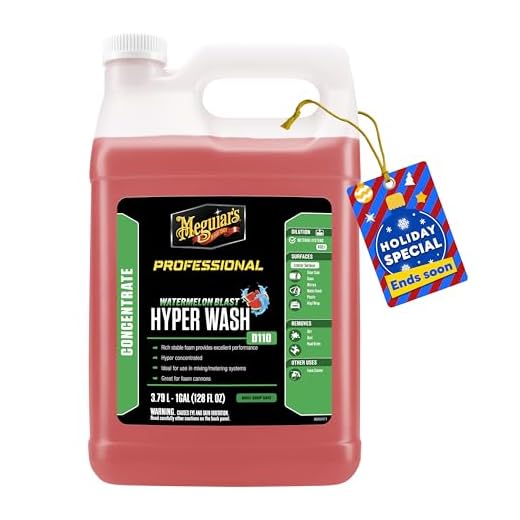
Stick to cleaning products specifically designed for high-pressure machinery to avoid potential damage. Many standard soaps create excessive foam, leading to complications in the operation and performance of your equipment. It’s essential to select compatible formulas, as using the wrong type can harm sensitive components, such as seals and hoses.
Focus on alkaline, acidic, or neutral cleaners depending on the surface and type of grime targeted. Alkaline solutions excel at breaking down heavy oils and grease, while acidic options work well against mineral deposits and rust. Always refer to manufacturer guidelines to ensure the chosen detergent aligns with the machine’s intended use. This will help maintain efficiency and prolong the lifespan of your equipment.
In cases of stubborn dirt, consider using specially formulated biodegradable cleaners that offer potent cleaning without jeopardising the environment. Always dilute concentrated solutions as per manufacturer recommendations to enhance effectiveness and protect your machinery. Remember to conduct a patch test on a small, inconspicuous area before applying any cleaner broadly.
Soap Compatibility with Pressure Cleaning Devices
Not all cleaning agents are suitable for high-pressure machines. Only select formulations specifically designed for such equipment should be considered. Using incorrect liquids may lead to damage, both to the device and the surfaces being cleaned.
Look for products explicitly labelled as compatible with high-powered cleaning tools. These formulas are designed to maintain performance while ensuring safety for various surfaces. Generic household cleaners often lack the necessary properties and can cause foam build-up, leading to potential malfunctions.
Concentrated solutions are typically the best option. Diluting them according to the manufacturer’s instructions maximises cleaning efficiency while preserving device integrity. Avoid abrasive cleaners, as they can scratch surfaces and wear internal components.
Some brands offer a range of solutions tailored to different tasks, such as vehicle cleaning, patio treatment, or removing mould and mildew. Each product corresponds with specific types of dirt, so choosing the right one enhances results significantly.
Finally, always follow the manufacturer’s recommendations. This ensures warranty validity and encourages longer product life. Sticking to suitable agents makes a noticeable difference in cleaning performance and equipment longevity.
Understanding Pressure Washer Soap Types
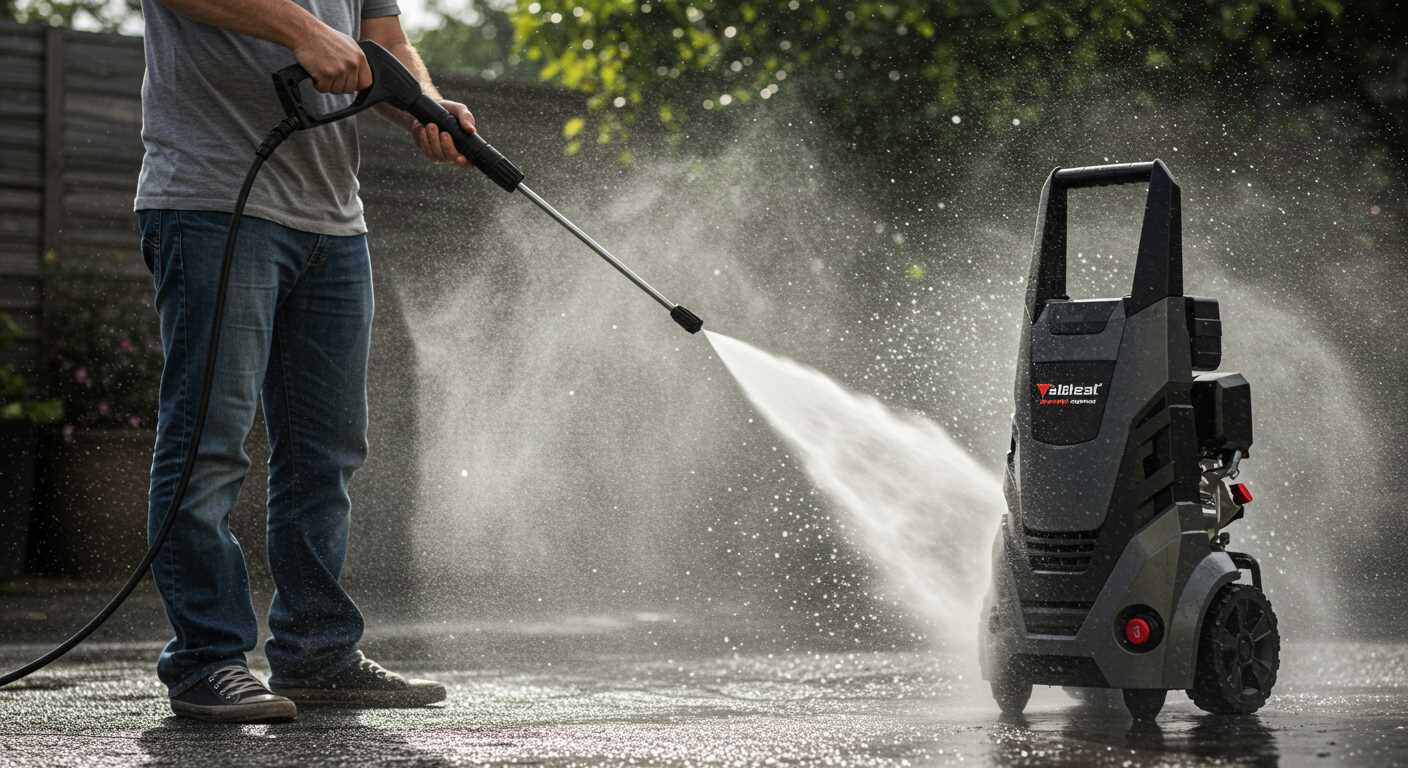
Opt for detergents specifically formulated for high-pressure cleaning systems. These products come in various types, designed to tackle different surfaces and cleaning requirements. For instance, biodegradable solutions are suitable for environmentally-conscious users, while industrial-grade cleaners effectively remove tough stains and grease.
Foaming Agents
Foaming agents create an expansive lather that clings to surfaces, enhancing the cleaning process. They are ideal for vertical surfaces like walls or vehicles, allowing dwell time for better dirt removal. Look for concentrated formulas that can be diluted appropriately to maximise efficiency.
Degreasers and Alkaline Cleaners
Degreasers target heavy oils and grease, essential for automotive or machinery applications. Alkaline cleaners, on the other hand, are effective against organic stains, making them perfect for decks or patios. Always check the compatibility of these cleaners with specific surfaces to prevent damage.
When selecting a cleaner, consider the material of the object being treated. A solution safe for wood might not be suitable for metal surfaces. Always refer to the manufacturer’s guidelines for best results.
Why Regular Soap is Not Suitable for Pressure Washers
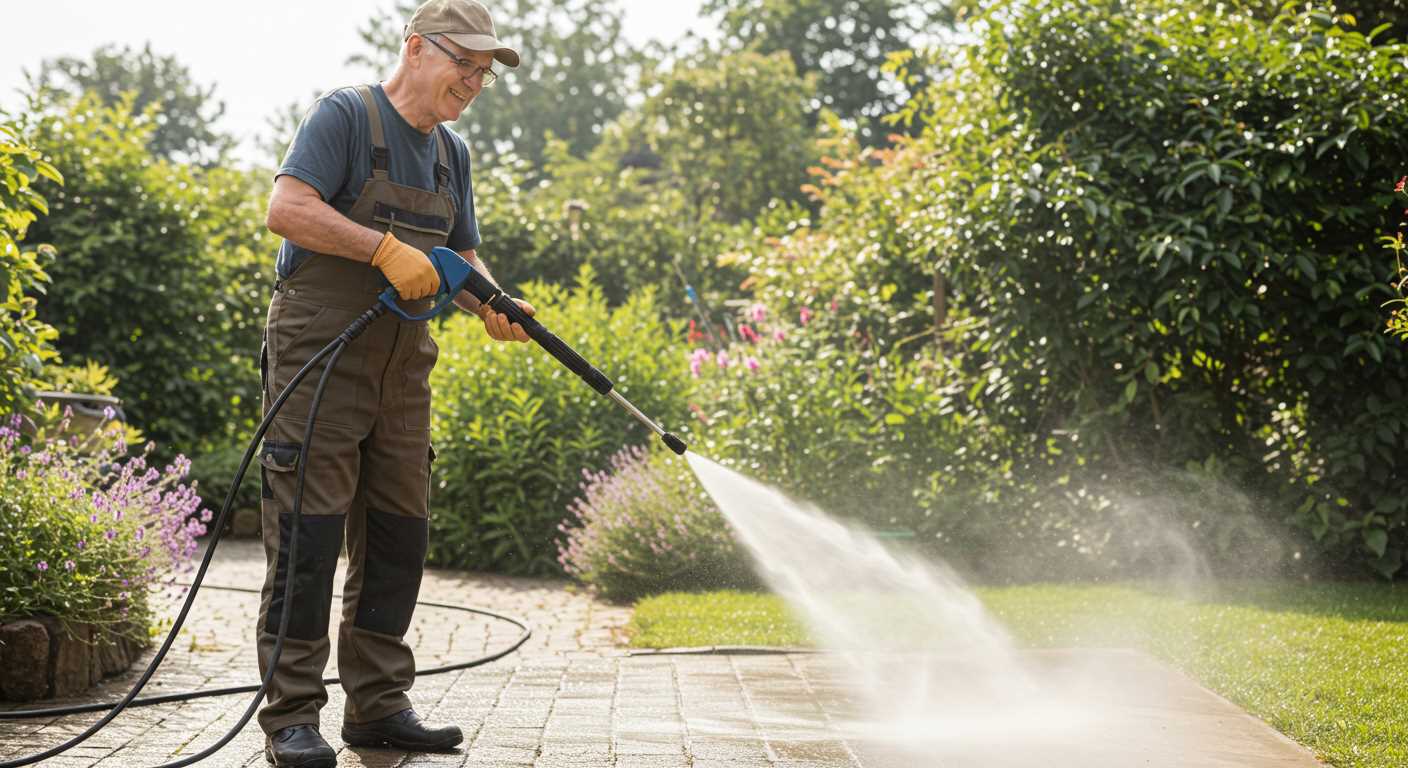
Standard cleaning products often contain additives that can damage internal components of these machines, particularly seals and O-rings. These formulations may also foam excessively, which can lead to malfunctioning or clogged lines. Using conventional detergents can void your warranty, resulting in costly repairs.
Many traditional soaps are designed for manual application and contain high levels of surfactants that may not dissipate properly when applied under high pressure. This can leave behind a residue that attracts dirt, ultimately defeating the purpose of cleaning.
Formulations intended specifically for high-pressure cleaning incorporate ingredients that enhance cleaning efficiency without adverse effects on the equipment. They often contain biodegradable components that are less harsh on surfaces while still tackling tough grime effectively.
Selecting the right cleaning solution designed for high water flow rates ensures optimal performance and longevity of the unit. Regular products simply do not align with the unique requirements of high-performance cleaning devices.
Choosing the Right Soap for Different Surfaces
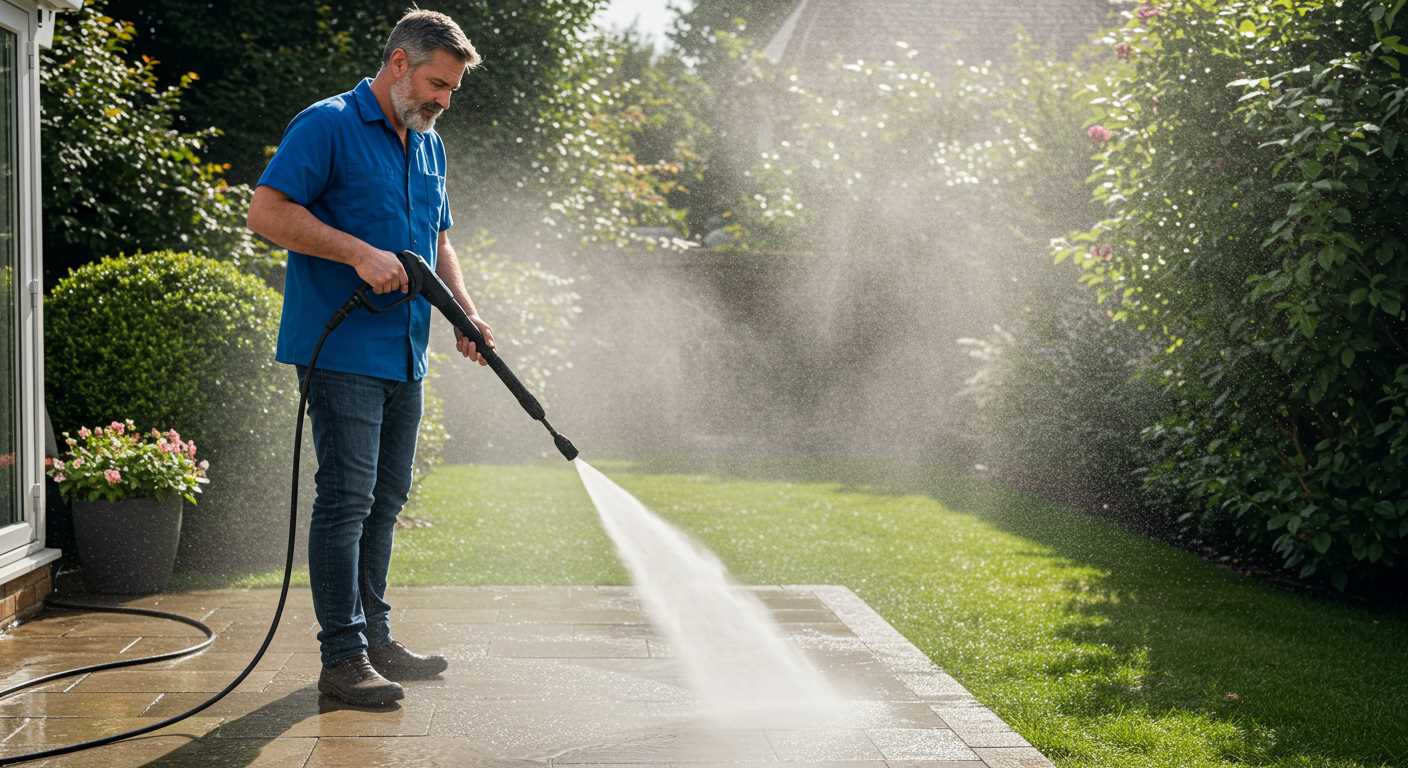
For optimal results, select cleaning agents based on surface material to ensure effective cleaning without damage. Here’s a breakdown of appropriate choices for various surfaces:
| Surface Type | Recommended Cleaning Agent | Notes |
|---|---|---|
| Concrete | Alkaline cleaner | Effectively cuts through oil and grease stains. |
| Wood Decking | Wood-safe cleaner | Prevent damage to the surface; avoid harsh chemicals. |
| Vinyl Siding | Soft wash solution | Gently removes dirt without causing peeling or chipping. |
| Vehicles | Automotive detergent | Formulated to tackle road grime without harming paint. |
| Patios | Eco-friendly cleaner | Safe for plants and pets, ideal for outdoor surfaces. |
Each type of surface requires a specific formulation to ensure thorough cleaning while preserving the material’s integrity. Matching the cleaning agent to the surface ensures efficiency and longevity of the materials involved.
Soap Dilution Ratios for Pressure Washers
Follow these dilution guidelines to maximise cleaning efficacy while ensuring safety for equipment and surfaces.
Common Dilution Ratios
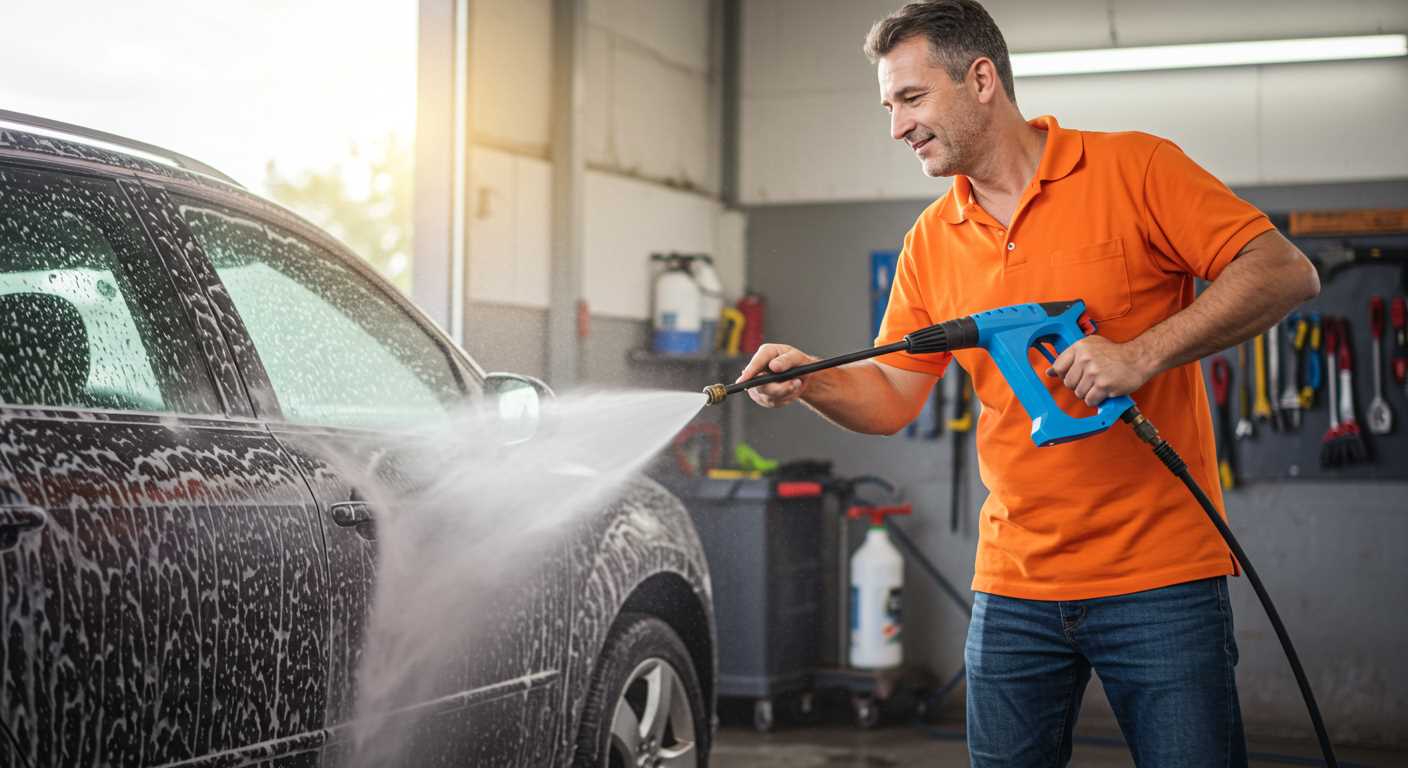
- For light cleaning: mix 1 part detergent with 10 parts water.
- For moderate cleaning: mix 1 part detergent with 5 parts water.
- For tough stains or grime: a concentration of 1 part detergent to 3 parts water may be necessary.
Application Tips
- Always adhere to manufacturer instructions on detergent containers for specific ratios.
- Test the solution on a small, inconspicuous area to verify compatibility with the surface.
- Adjust the ratio based on observed results, reducing water for stubborn substances and increasing it for routine cleaning.
Maintaining the right balance in dilution will not only enhance cleaning performance but also prolong the life of your equipment and safeguard the surfaces being treated.
Common Mistakes When Using Soap in Pressure Washers
.jpg)
Using the incorrect cleaning agent can lead to frustrating outcomes. Here are key missteps to avoid:
- Neglecting to check compatibility: Always confirm that the cleaning solution is designed for your equipment. Mismatched products can harm components and void warranties.
- Over-concentrating detergent: Many believe that more concentrate equals better cleaning. This can lead to excessive foam buildup, making rinsing difficult and leaving residues.
- Skipping dilution: For concentrated products, proper dilution is critical. Failing to mix according to the manufacturer’s guidelines diminishes cleaning efficiency.
- Inconsistent application methods: Relying solely on the high-pressure spray for application is incorrect. Using soap applicators ensures even distribution over surfaces.
- Avoiding surface testing: Testing a small area before full application helps to identify potential damage or adverse reactions between the solution and the surface.
- Neglecting to rinse adequately: Insufficient rinsing can leave marks or damage to the material. Ensure all soap is thoroughly washed away to prevent build-up.
- Disregarding environmental conditions: Using cleaning agents in direct sunlight can cause them to dry too quickly, leading to streaks or spots. Optimal conditions are shaded or cooler environments.
By avoiding these common errors, experiences with cleaner solutions will be significantly enhanced, leading to better results and prolonged equipment lifespan.
Environmental Considerations for Cleaning Agents
Selecting environmentally friendly cleaning agents is paramount. Opt for products that are biodegradable and free from harsh chemicals. This reduces the impact on local ecosystems and ensures that runoff does not contaminate water sources. Many brands offer eco-conscious formulations designed to break down naturally without leaving harmful residues.
Always check for certifications from reputable environmental organisations. These endorsements indicate that the product meets rigorous safety and sustainability standards. Additionally, consider the concentration of the cleaner. Highly concentrated formulations require less product overall, which not only saves money but also reduces waste.
Be mindful of the dilution ratios as improper mixing can lead to unnecessary chemical use. Always adhere to the manufacturer’s recommendations to maintain both efficacy and environmental integrity. When cleaning outdoor spaces, it’s advisable to avoid washing during heavy rainfall or windy conditions. This prevents the runoff from mixing with stormwater and entering drainage systems, further protecting aquatic life.
Finally, proper storage of cleaning agents also plays a critical role. Ensure that containers are tightly sealed and stored away from extreme temperatures to avoid leaks and spills. This approach not only benefits the environment but also enhances safety in your cleaning routine.
How to Properly Rinse After Using Soap with a Pressure Washer
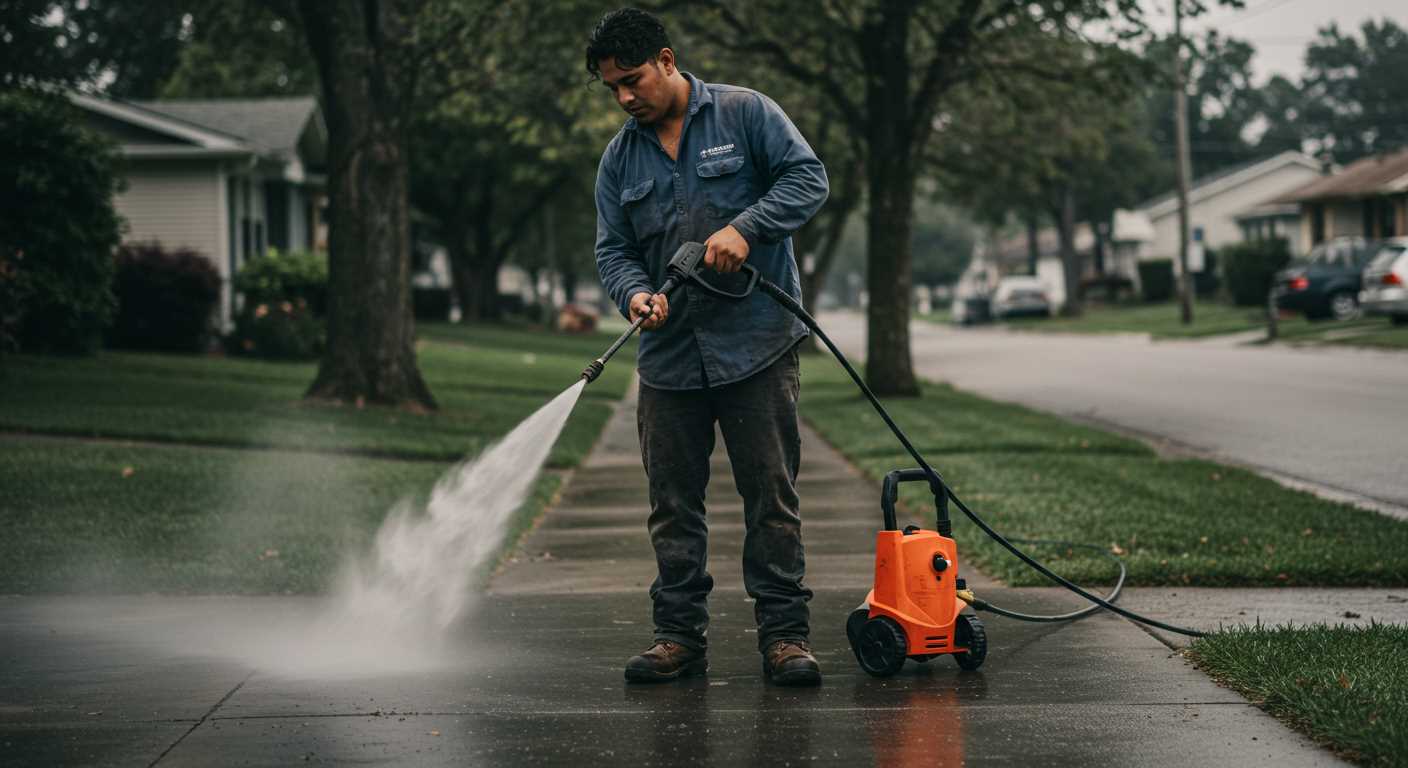
Always begin with a low-pressure nozzle to avoid damaging surfaces. Adjust the nozzle to a wider spray pattern, ensuring a gentle flow that won’t harm delicate materials.
Start rinsing from the bottom to the top of the area cleaned with detergent. This technique helps prevent streaks and ensures all residue is washed away effectively.
Maintain a consistent distance of approximately 12 to 18 inches from the surface for optimal rinsing. Moving closer can increase the risk of surface damage, while too far may leave behind residues.
Use a fresh water source, ideally clean, to eliminate any soap remnants completely. If contaminants were present in the original water, consider running a few gallons through before rinsing.
Rinse thoroughly, taking extra time on seams, crevices, and corners where detergent tends to accumulate. Pay attention to areas that may have absorbed cleaning solutions.
After an initial rinse, inspect the surface for any missed spots. If residues remain, repeat the rinsing process until all cleaning agents are gone.
For surfaces prone to streaking or spotting, like glass or polished stone, consider following up with a final rinse using clean water and a soft cloth to ensure a spotless finish.
Lastly, dispose of any leftover cleaning agents properly, following local regulations to limit environmental impact.







